HT remove an old tile counter top
cateyanne
10 years ago
Related Stories
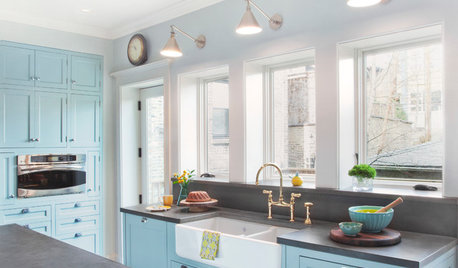
KITCHEN BACKSPLASHES10 Top Backsplashes to Pair With Concrete Counters
Simplify your decision making with these ideas for materials that work well with concrete
Full Story
HOUSEKEEPINGHow to Remove Water Rings From Wood Tables
You may be surprised by some of these ideas for removing cloudy white water marks from wood surfaces
Full Story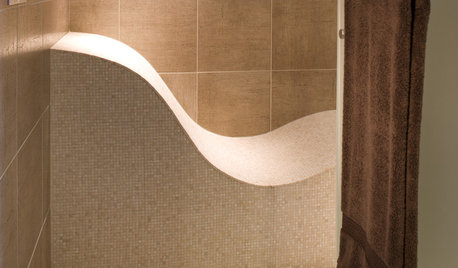
REMODELING GUIDESTop 10 Tips for Choosing Shower Tile
Slip resistance, curves and even the mineral content of your water all affect which tile is best for your shower
Full Story
TILETop Tile Trends From the Coverings 2013 Show — the Wood Look
Get the beauty of wood while waving off potential splinters, rotting and long searches, thanks to eye-fooling ceramic and porcelain tiles
Full Story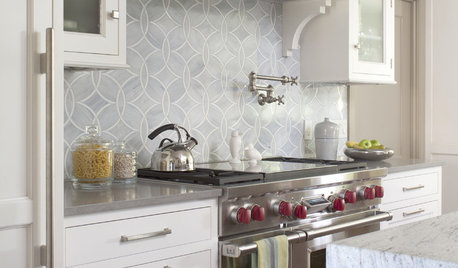
KITCHEN DESIGN8 Top Tile Types for Your Kitchen Backsplash
Backsplash designs don't have to be set in stone; glass, mirror and mosaic tiles can create kitchen beauty in a range of styles
Full Story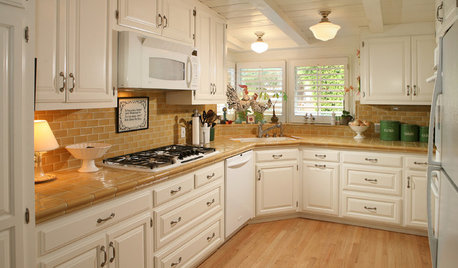
KITCHEN COUNTERTOPSKitchen Counters: Tile, the Choice for Affordable Durability
DIYers and budget-minded remodelers often look to this countertop material, which can last for decades with the right maintenance
Full Story
HOUSEKEEPINGThe Simple Way to Remove Wax From Candlesticks
Before you make a mess of things, read these easy steps for removing melted wax from your candlesticks
Full Story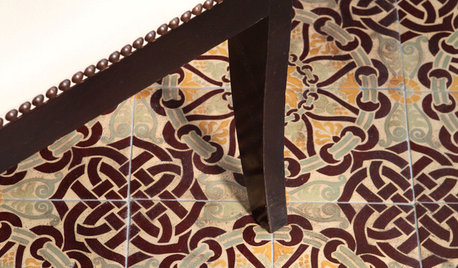
REMODELING GUIDESOld is New: Cement Tile Makes a Comeback
Get Ideas for Using Colorful Moorish-Inspired Tile at Home
Full Story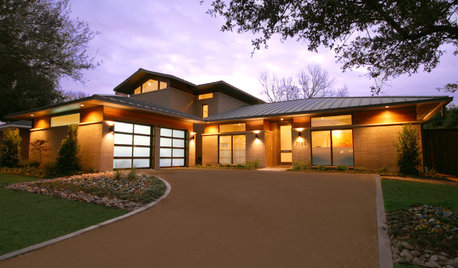
REMODELING GUIDESOutfit a Ranch Remodel in Updated Style, Top to Bottom
Get ideas for lighting, tiles, accessories, window coverings and so much more, to make your ranch renovation easier
Full Story
HOUZZ TOURSHouzz Tour: Butterfly Roofs Top a Sydney Terrace House
Modern remodel retains 19th century facade while pouring natural light into new and old spaces
Full StorySponsored
Your Industry Leading Flooring Refinishers & Installers in Columbus
More Discussions






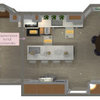
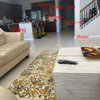

weedyacres
snoonyb
Related Professionals
Parkland Home Remodeling · Oneida Kitchen & Bathroom Designers · United States Kitchen & Bathroom Designers · East Tulare County Kitchen & Bathroom Remodelers · Bloomingdale Interior Designers & Decorators · Ridgefield Interior Designers & Decorators · Binghamton General Contractors · Canandaigua General Contractors · Centereach General Contractors · Haysville General Contractors · Jacksonville General Contractors · Port Huron General Contractors · Uniondale General Contractors · Waimalu General Contractors · Welleby Park General ContractorscateyanneOriginal Author
snoonyb
cateyanneOriginal Author
annzgw
RUHEAD Inc
Joseph Corlett, LLC